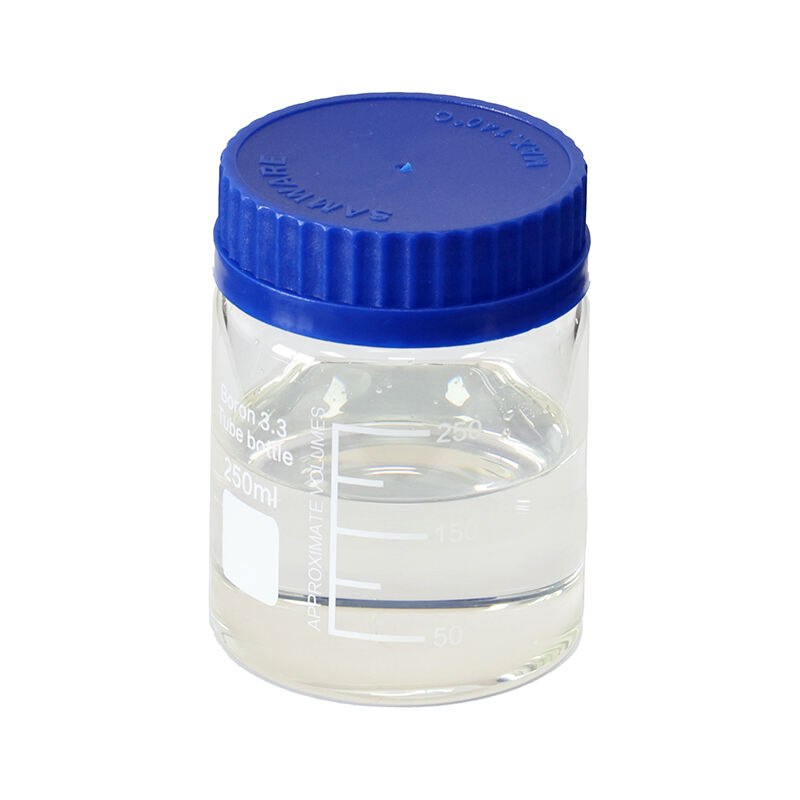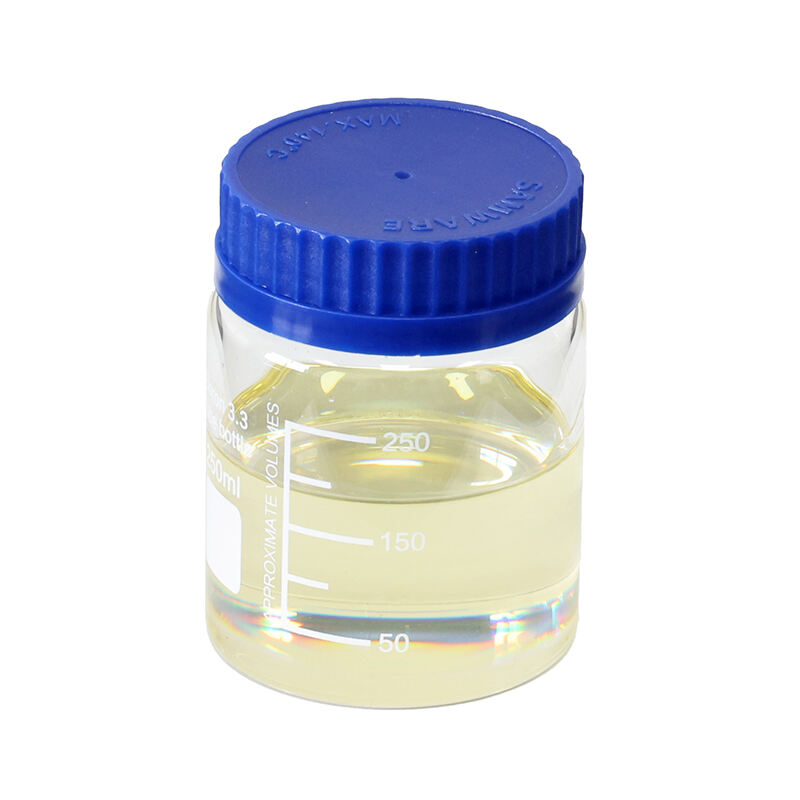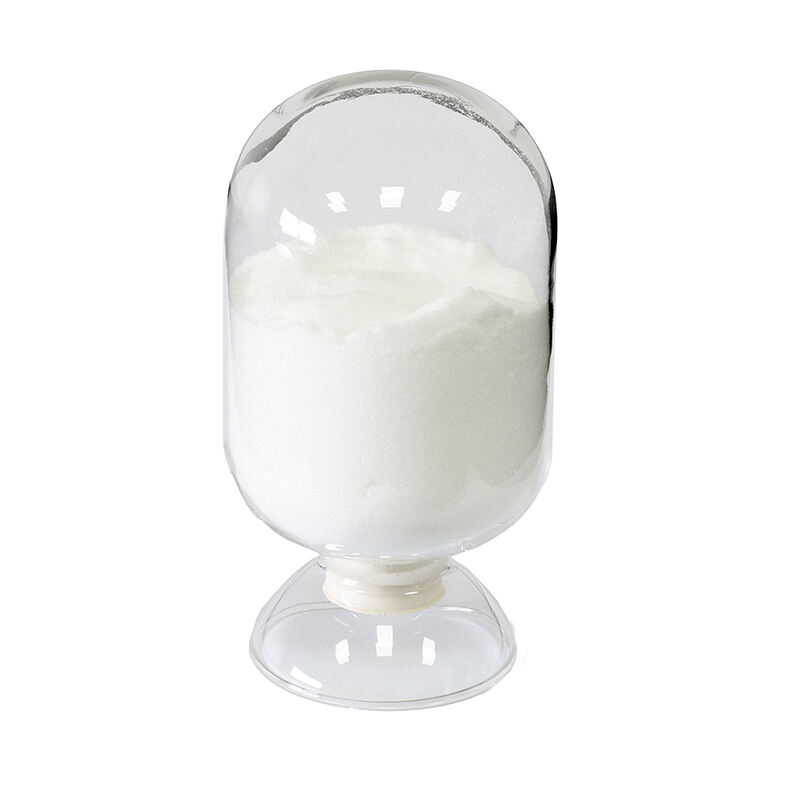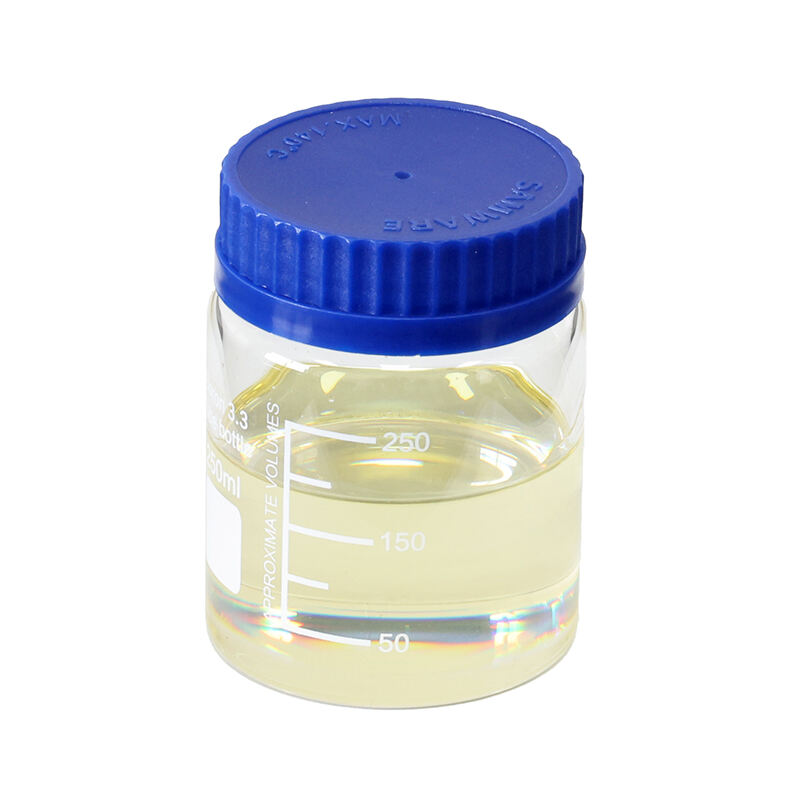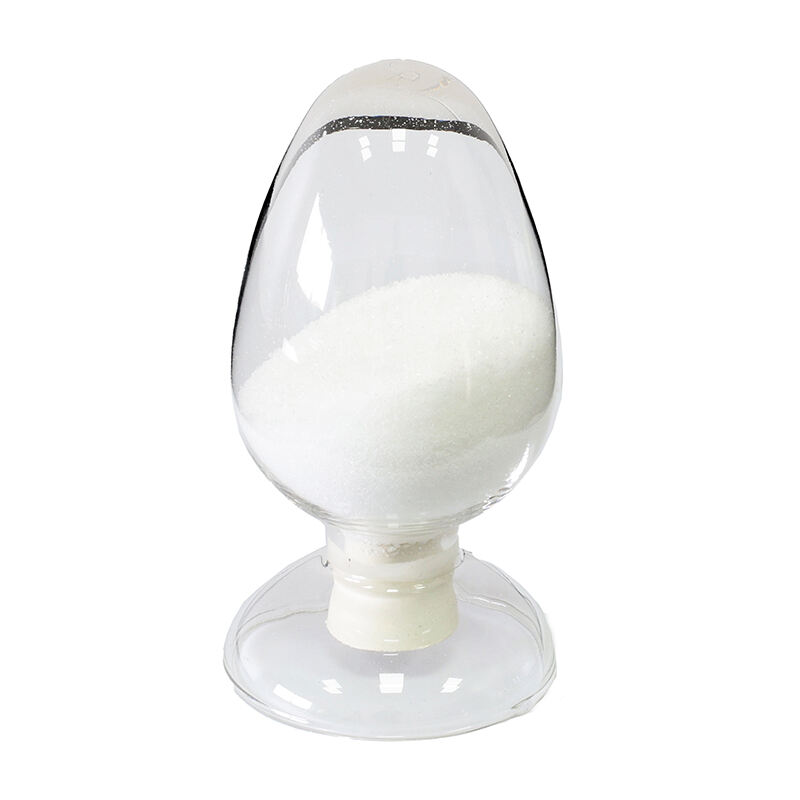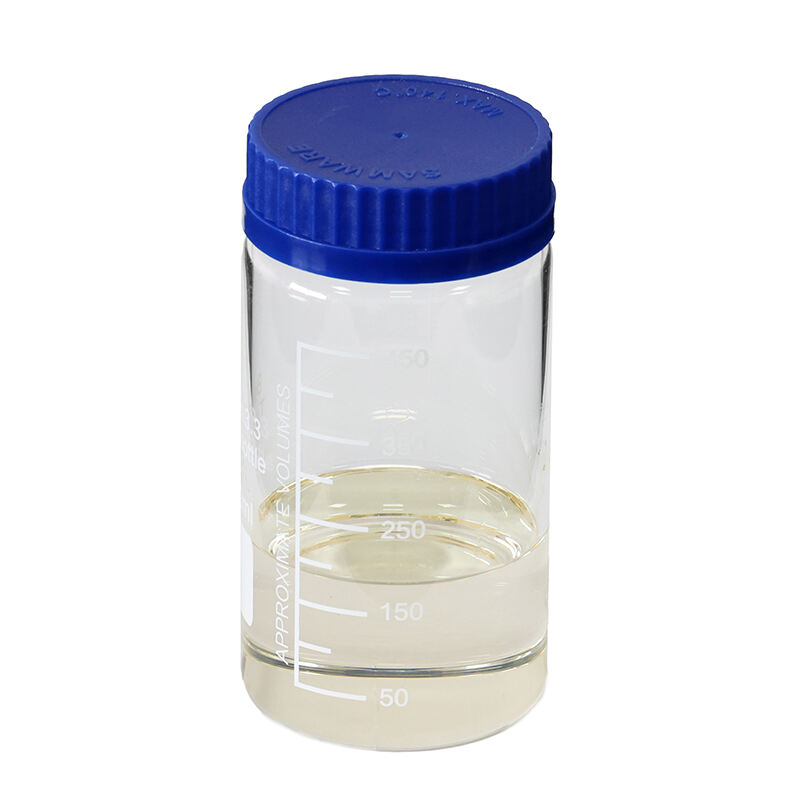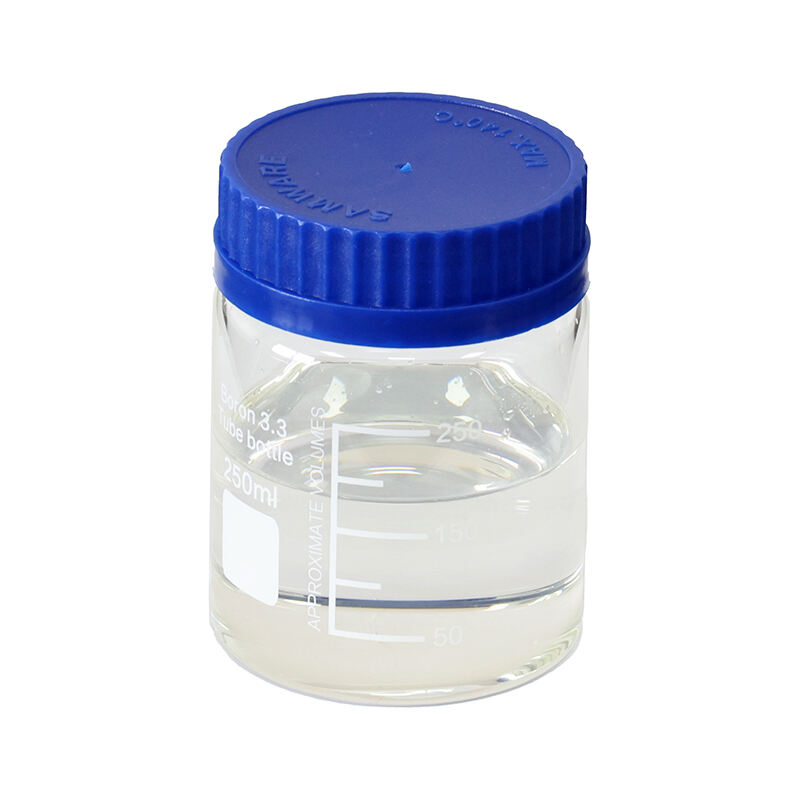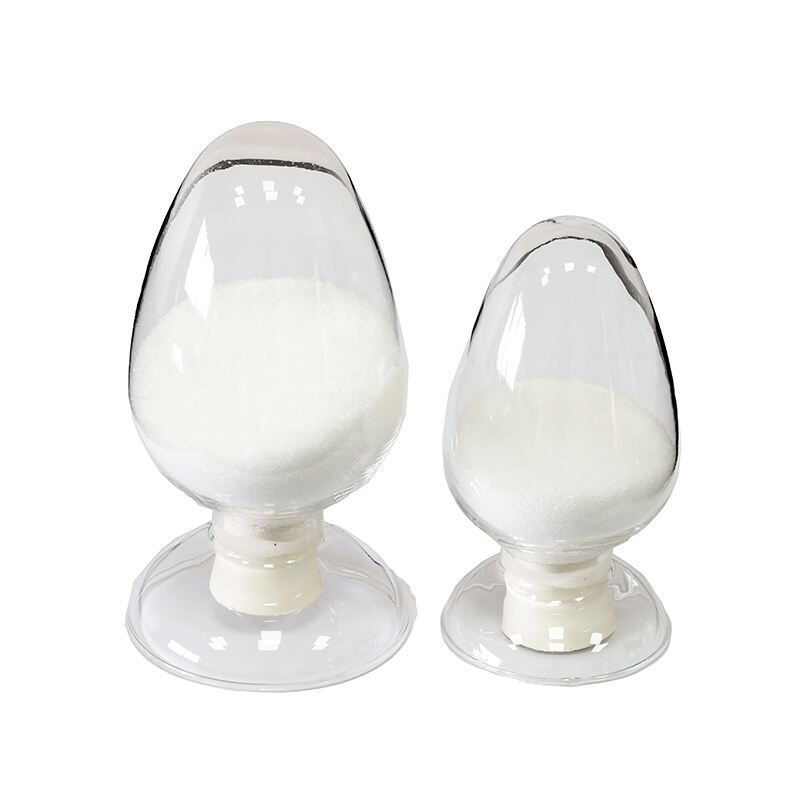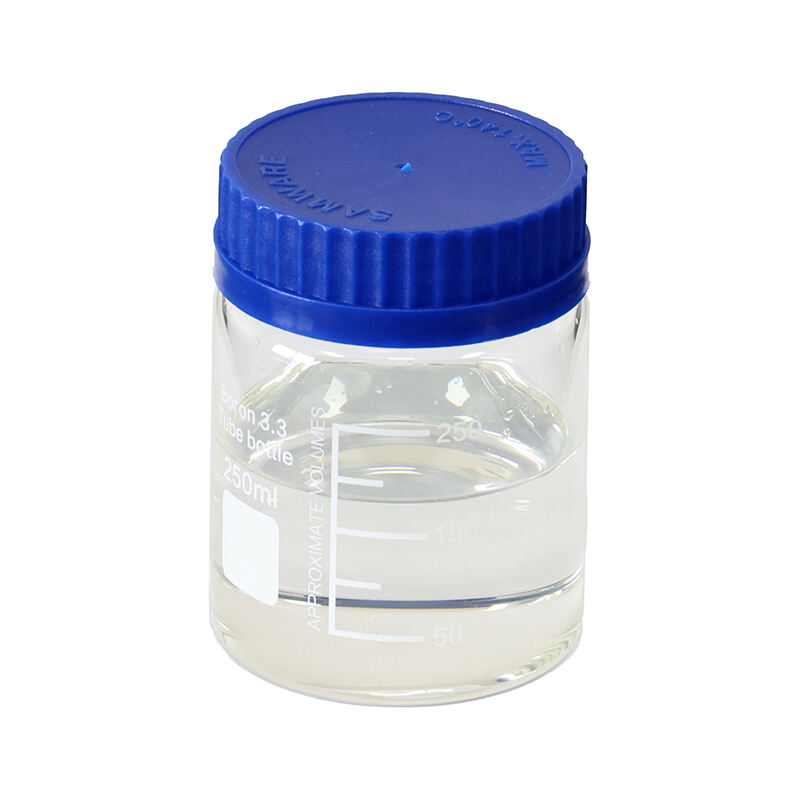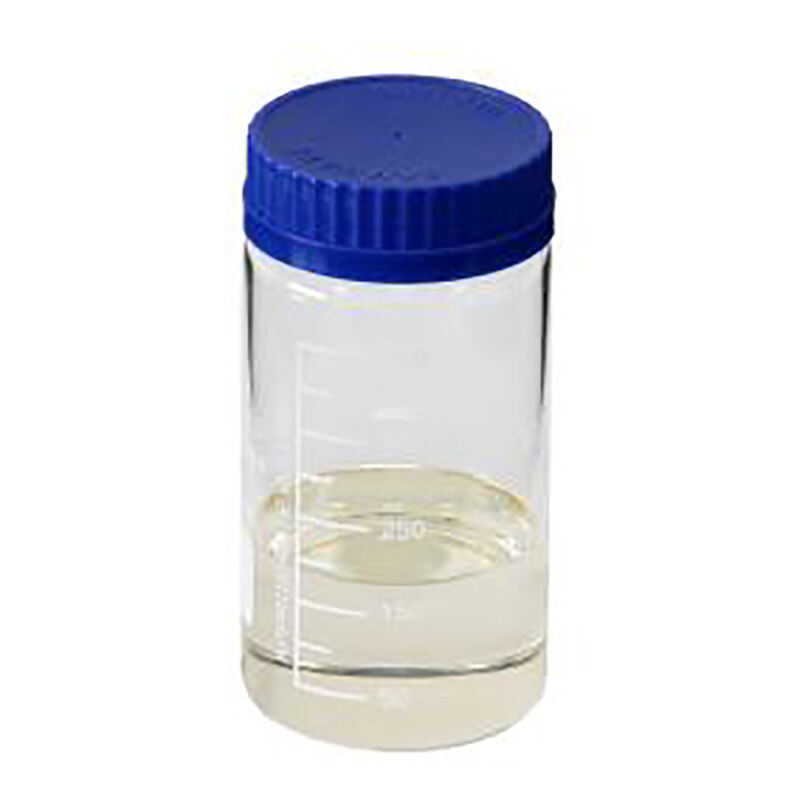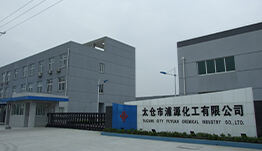Popular insecticide : Application analysis of dinotefuran and its raw material N,O-Dimethyl-N'-nitroisourea(MNO,CAS :255708-80-6)
Abstract: Dinotefuran was discovered and produced by Mitsui Chemical and jointly developed by Mitsui Chemical, Kitaxing Chemical and Valent. Dinotefuran is the only nicotinic insecticide that does not contain chlorine atoms and aromatic rings. Its tetrahydrofuran group replaces the previous chloropyridine group and chlorothiazolyl group, which is known as the third-generation nicotinic insecticide. The main intermediate of dinotefuran is N,O-Dimethyl-N'-nitroisourea(MNO, CAS : 255708-80-6). Dinotefuran was launched in 2002 .
Keywords:N,O-Dimethyl-N'-nitroisourea;CAS: 255708-80-6;MNO; dinotefuran;insecticide
1.Action mechanism
Dinotefuran, a nitroguanidine compound, is a neurotoxin that can disrupt the nervous system of insects by inhibiting acetylcholine receptors, resulting in paralysis and death. Dinotefuran not only has contact and stomach toxicity, but also has excellent endosorption and osmosis, which can be rapidly absorbed by the roots and stems and leaves of plants and conducted upward.
2.Application field
The main crops of dinotefuran are rice, vegetables, fruits, etc., for the control of stinging and sucking mouth pests. The characteristics of dinotefuran are that it has no cross-resistance to the first and second generation of nicotine insecticides, and it is highly effective against hemiptera, lepidoptera, diptera, beetle and common ptera pests. The insecticidal spectrum ofdinotefuran is broad. It is highly effective against rice pests such as brown Planthopper, white planthopper, grey planthopper, black tailed hopper, rice spider bug, two small star bug, rice green bug, red Palpate bug, rice negative mixed bug, rice tube water borer, vegetable and fruit pests aphids, whitefly, scale, Aphidococcus, red green bug, peach small eater, orange moth, tea moth, Yellow stripe beetle and bean miner fly. It is effective against rice insect pests, rice locust and vegetable and fruit insect pests, Ceratococcus cocci, Microcephalus moths, two black streptothrips, tea yellow thrips, smoke thrips, yellow thrips, citrus yellow thrips, bean pod gall midge, tomato leaf miner fly.
3.Toxicity
The acute transoral LD50 is 2450mg/kg in male rats and 2275 mg/kg in female rats. Acute percutaneous LD50>2000 mg/kg in rats (female and male). No teratogenic, carcinogenic and mutagenic. It is also safe for aquatic life. The results of fish toxicity test showed that the nm(48 h) of furacidamine was more than 1000 mg/L for carp and more than 1000 mg/L for Daphnia. Acute transoral LD50> 1000 mg/kg for quail. It does not affect the normal activities and honey collection of bees. As a neonicotinoid insecticide, it is worth mentioning that although dinotefuran has a certain effect on bees, its toxicity to bees is far lower than that of other nicotinoid insecticides. Its oral toxicity to bees is only 1/4.6 of that of thiamethoxam, and its contact toxicity is half that of thiamethoxam.
4.Synthesis method
There are two main process methods for the synthesis of dinotefuran, the first method is 3-hydroxymethyl tetrahydrofuran derivatization method, and the second method is 3-aminomethyl tetrahydrofuran derivatization method.
The main intermediate of dinotefuran is N,O-Dimethyl-N'-nitroisourea(CAS : 255708-80-6).
5.International sales
In 2016, the global sales of dinotefuran were 105 million US dollars, of which China, Thailand, Japan, South Korea, India and other key markets. It is worth noting that Japan accounts for about 50% of the global sales of dinotefuran. However, with the involvement of Chinese enterprises in the market of dinotefuran after the patent period, the expansion of the production scale of dinotefuran, the maturity of production technology, and the decline of the price of the original drug have promoted the development of dinotefuran.
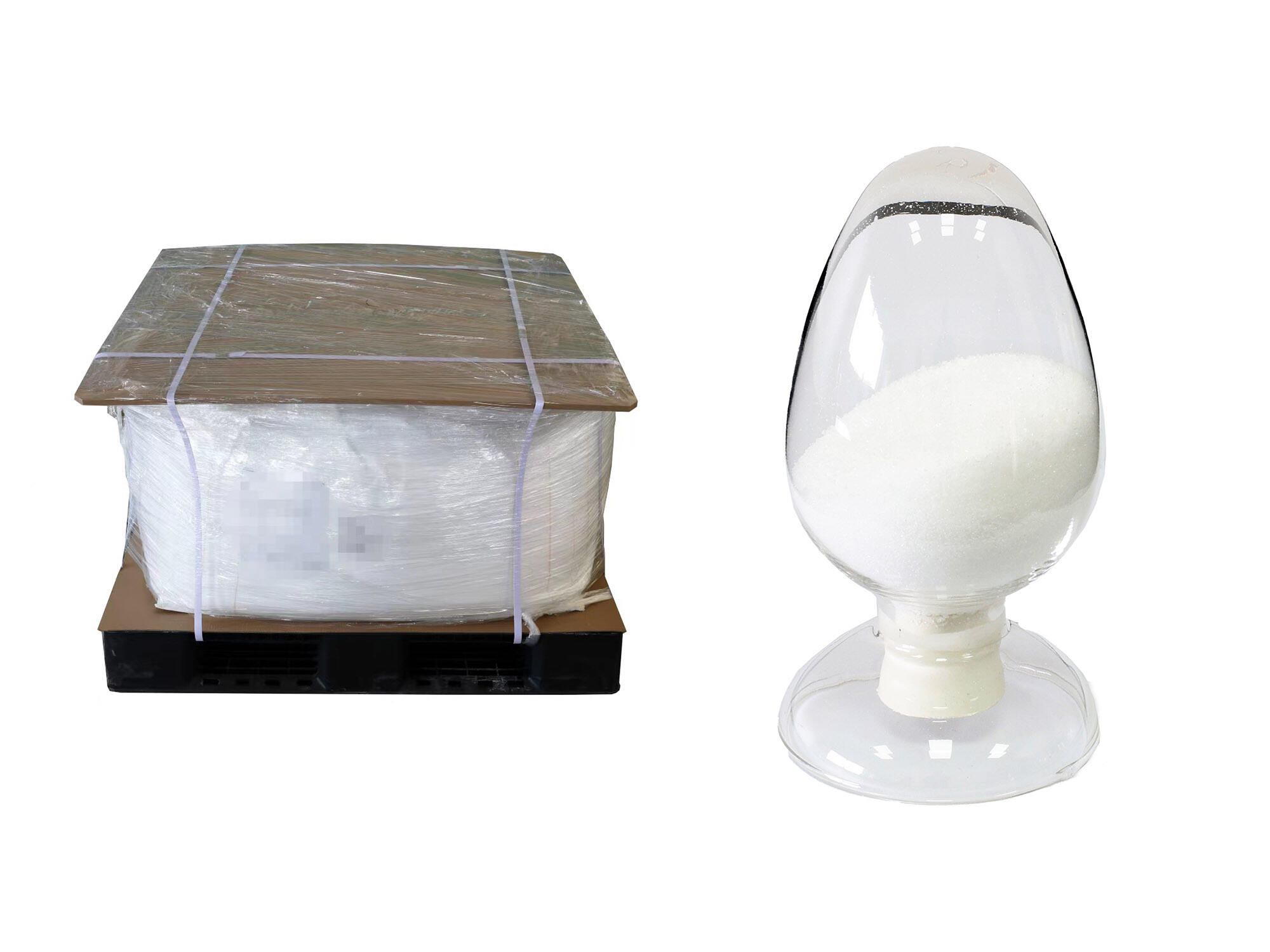

 EN
EN
 NL
NL
 FR
FR
 DE
DE
 JA
JA
 KO
KO
 PT
PT
 RU
RU
 ES
ES
 ID
ID
 VI
VI
 TH
TH
 MS
MS
 TR
TR
 AR
AR

